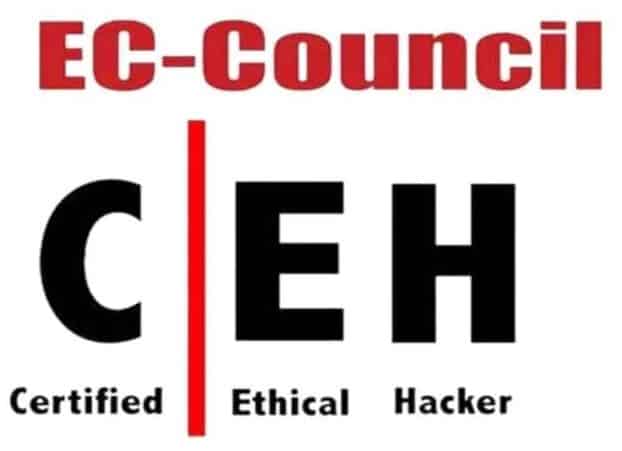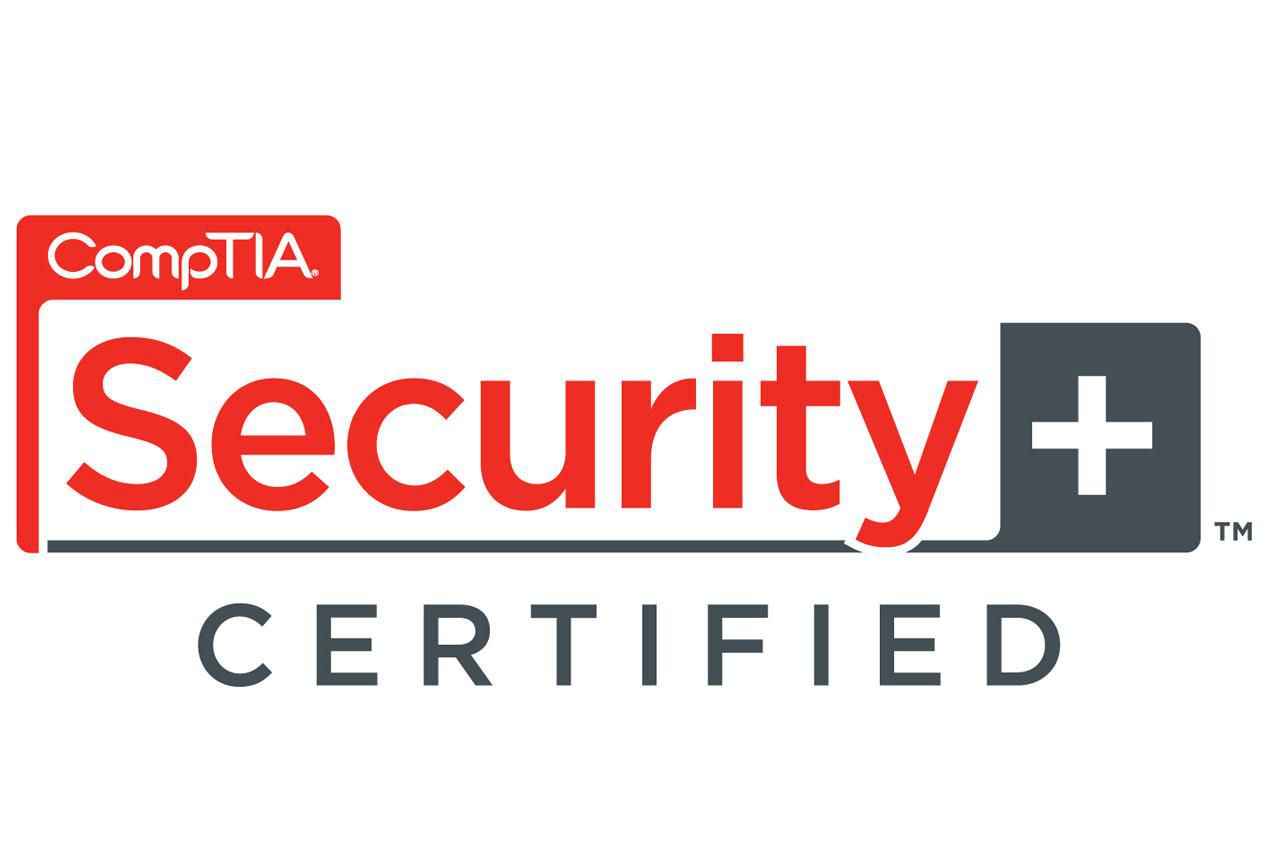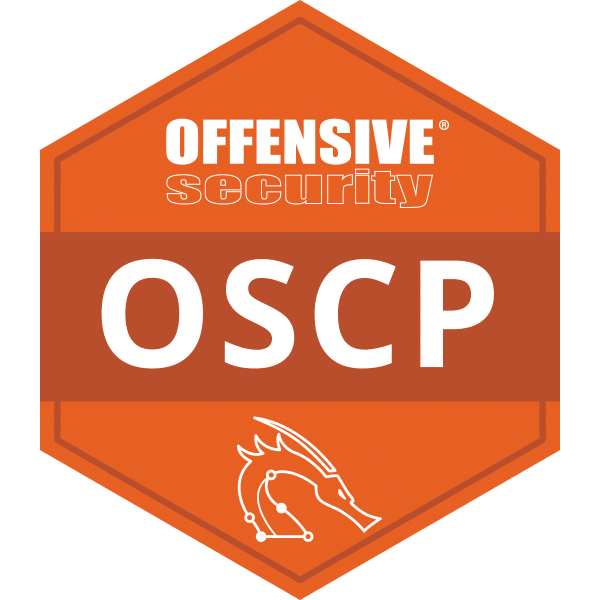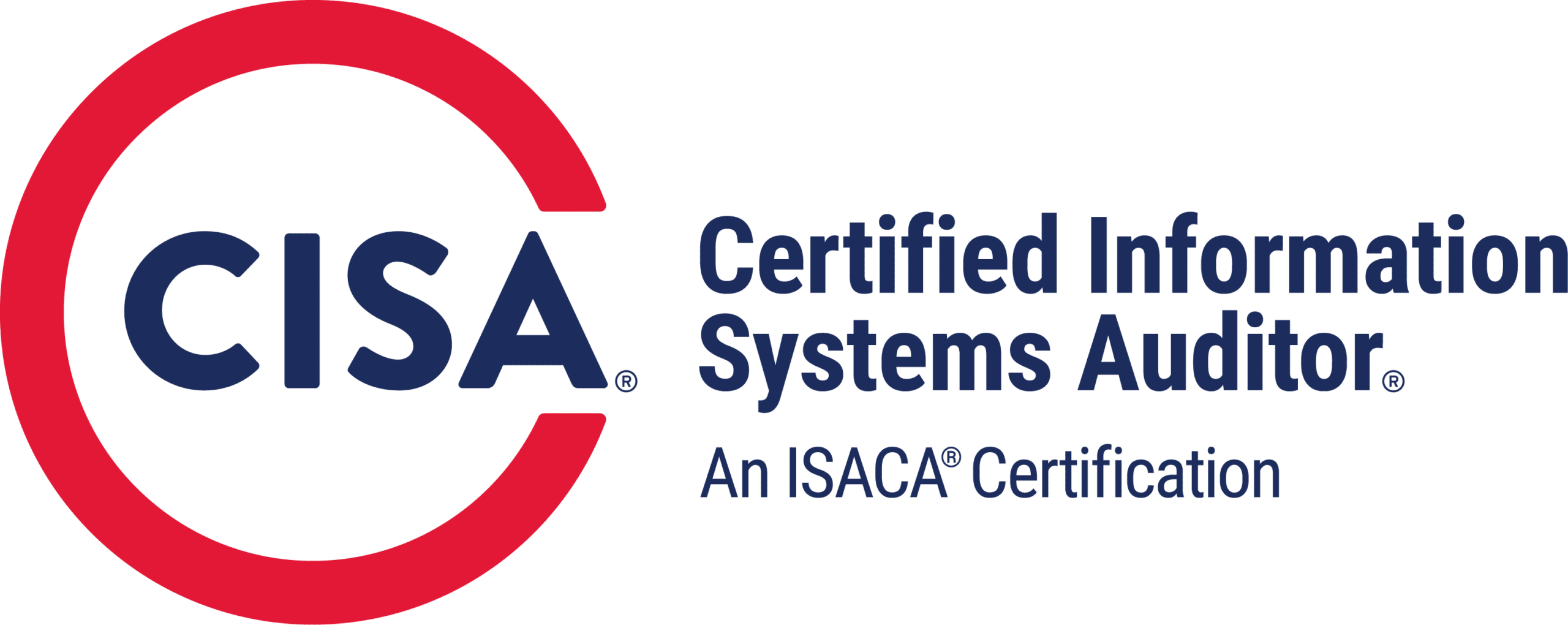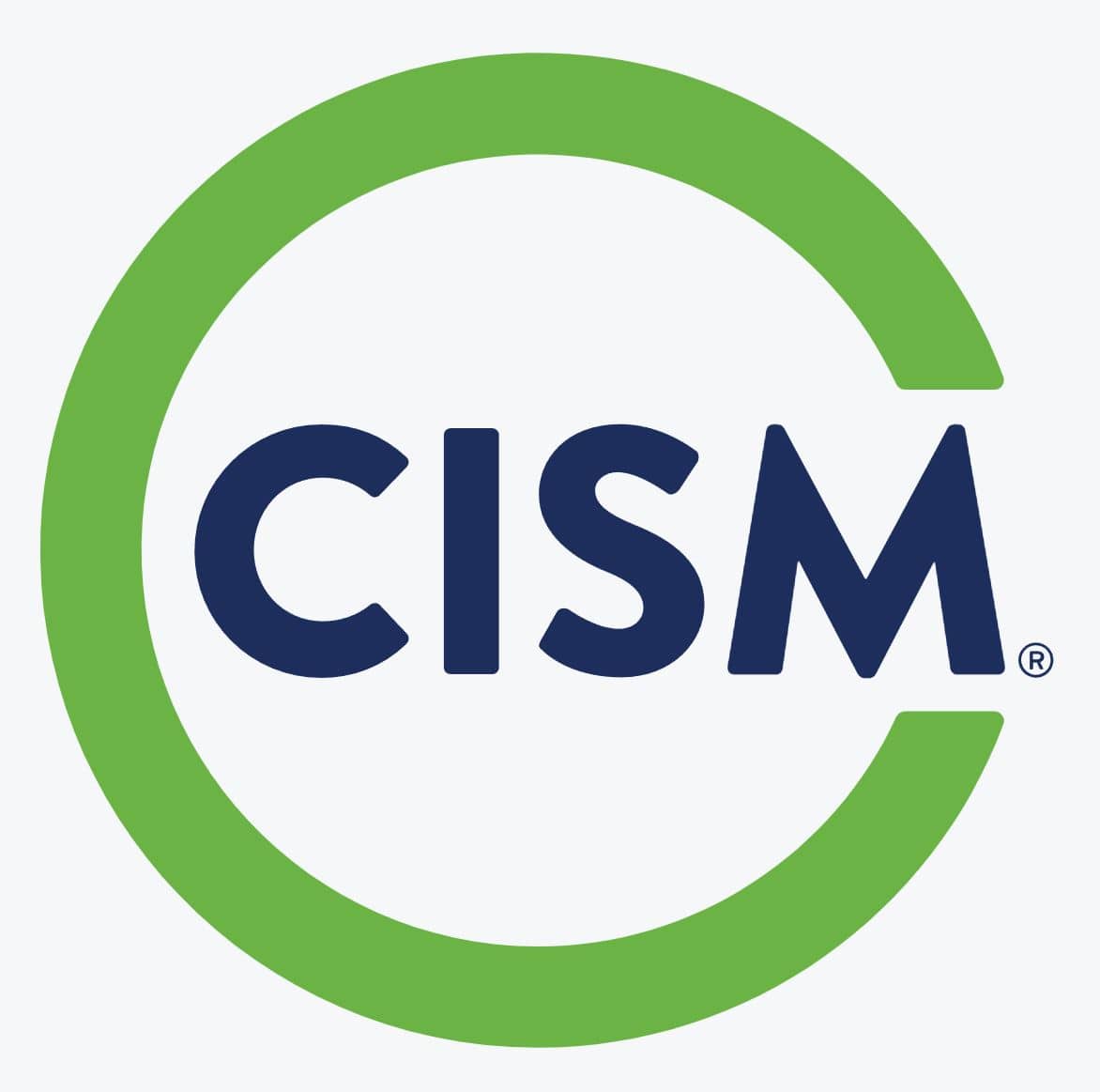Do you want to start a career in
Cybersecurity?
Find out how to do it the right way:
Our Best Resources in Cybersecurity
To assist you in becoming a cybersecurity expert and landing your dream job, we offer resources such as information on cyber degree programs, career paths, professional certifications, online security courses, and more.
How to get started
Everything you need to start a career in cybersecurity the right way so that you’re set up for the best chances of success.
Certifications & Training
Best material you can get on how to successfully pass the exam on your first attempt, multiple exam resources, tips & tricks.
Resources & Guides
Whether you're a newcomer to cybersecurity or an experienced professional, our content is designed to facilitate your continuous growth in the field.
Tools & Technologies
Latest cybersecurity tools, technologies, and innovative solutions. Stay at the forefront of the industry's advancements with our expert analysis and recommendations.
Top-rated Cybersecurity Education
Find the best cybersecurity certification, training, academic degree and tech to help you embark on an exciting journey to become a true cybersecurity expert. View our complete list with the best preparation resources to pass your exam from the first attempt!
Top 5 Cybersecurity Certification
- 1Certified Information Systems Security Professional (CISSP)
5
- 2Offensive Security Certified Professional (OSCP)
5
- 3Certified Cloud Security Professional (CCSP)
4.7
- 4Certified Information Security Manager (CISM)
4.5
- 5Certified Ethical Hacker (CEH)
4.5
LATEST POSTS
Most recent articles on cybersecurity career, certifications, training, hands-on tutorials, tools and techniques.

How to become a Cyber Private Investigator
Explore a career in digital investigations. Learn the necessary skills and qualifications to become a successful cyber private investigator.

9 cybersecurity certifications for beginners
Kickstart your infosec career with top cybersecurity certificates for beginners – your pathway to mastering the essentials of digital security.

Can I get a cybersecurity job with a certificate?
Learn if you can get a cybersecurity job with a certificate and explore the qualifications needed to launch a successful career in the field.

How to Become a Chief Privacy Officer in 2024
Ascend the ranks of privacy management by learning what it takes to become a Chief Privacy Officer in 2024—expert insights and strategies await.
Certification Review
In-depth review of cybersecurity certificates, ensuring you have the knowledge needed to pass your exam on the first try.
FEATURED ARTICLES
Our top articles to help you start your cybersecurity journey. Read more in our blog

How to Perform a Cyber Security Audit: A Step-by-Step Guide
Protect your business with us. Learn how to conduct an effective cyber security audit with our comprehensive guide. Stay safe from virtual threats.

How to Find Entry-Level Cybersecurity Jobs
As technology advances, so do cybercriminal tactics. This is why cybersecurity is paramount in this digital age. Demand for skilled

From Classroom to Cyber Room: Making the Most of Cybersecurity Internships
Looking to break into the world of cybersecurity? Learn how to secure valuable cybersecurity internships and kick-start your career in this fast-paced industry.

What is Tailgating in Cyber Security?
Discover ‘what is tailgating in cyber security’. Dive into the intricacies of this security breach, its effects, and innovative prevention strategies.

Start Your Cybersecurity Apprenticeship Journey Today!
Jumpstart your career with a cybersecurity apprenticeship! Secure your future in this in-demand field. Learn from experts and gain hands-on experience.

Cybersecurity Lawyer Salary Insights 2024
Discover key insights about the average cybersecurity lawyer salary, factors influencing earnings, and career prospects in the field for 2024.





